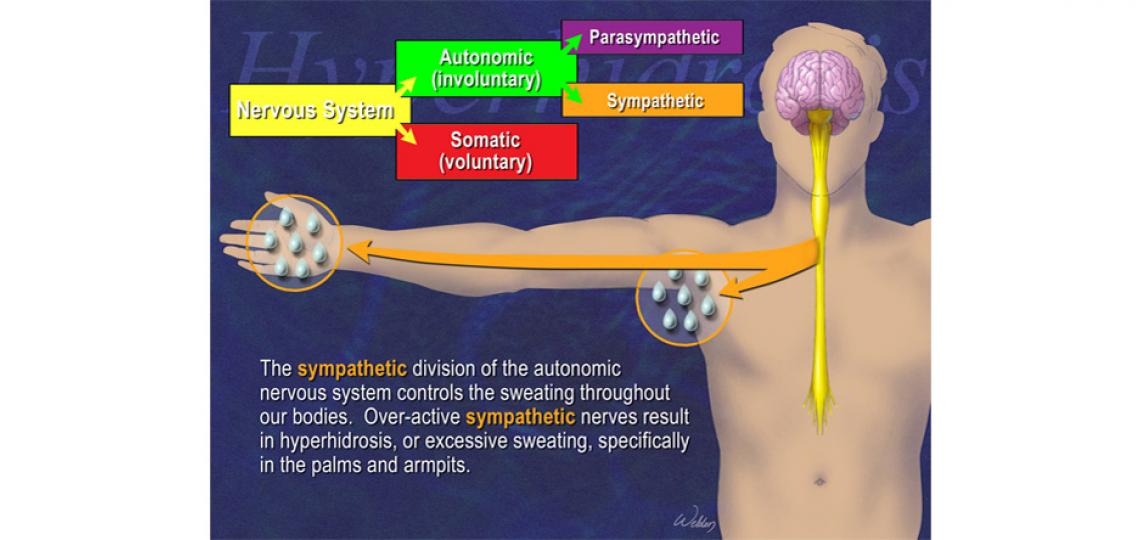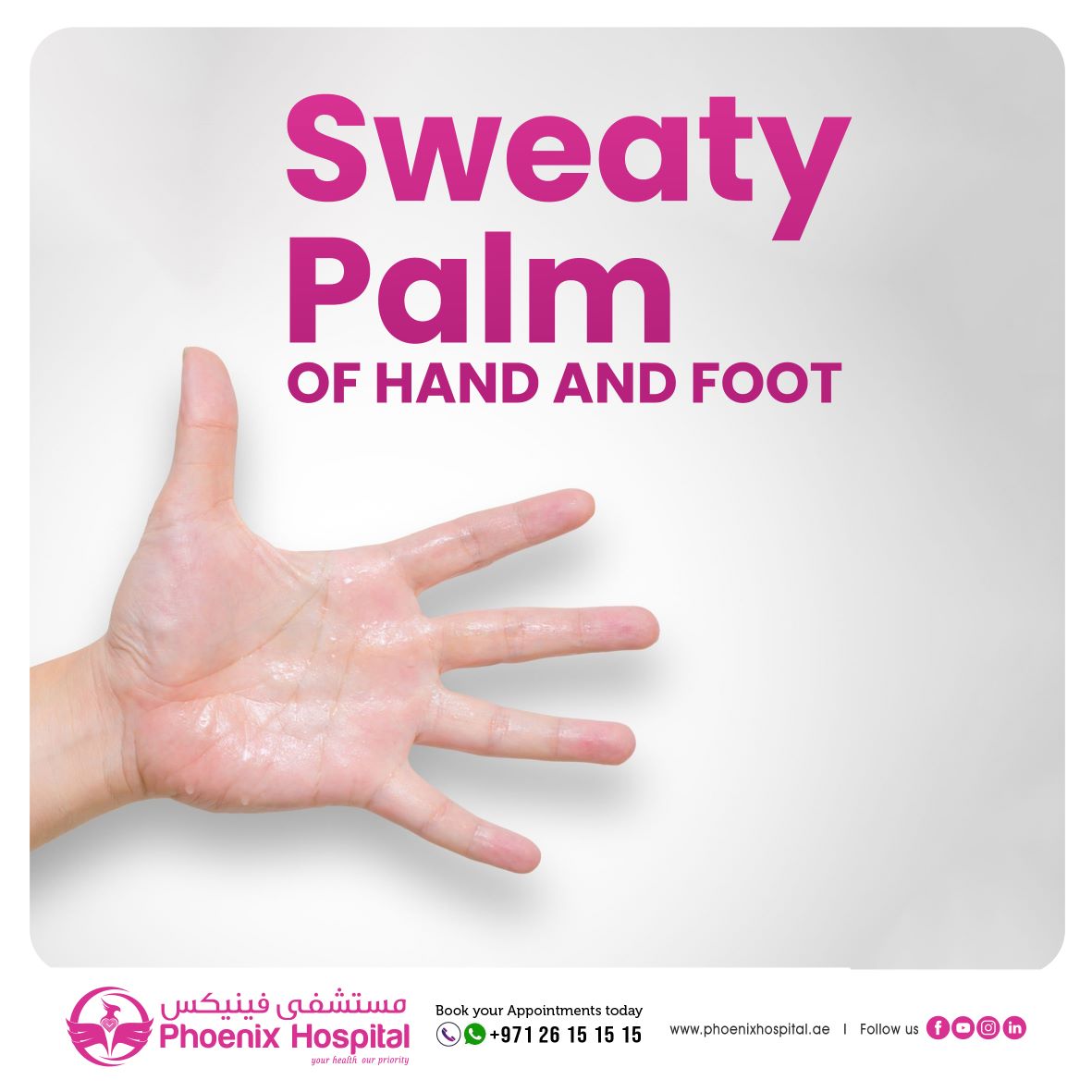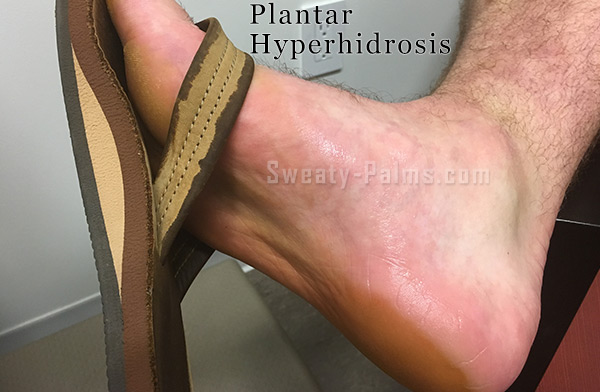Introducing the Intricacies of Excessive Sweating: A Comprehensive Guide to Diagnosis and Monitoring
Excessive sweating, medically known as hyperhidrosis, is a condition that affects a significant number of individuals and can have a profound effect on their top quality of life. While sweating is a natural bodily feature, its overactivity in hyperhidrosis offers an unique collection of challenges that typically go past plain pain.

Recognizing Hyperhidrosis Causes
Hyperhidrosis triggers can be connected to different variables such as genetics, hormonal inequalities, and certain clinical problems. Genetics play a considerable duty in primary focal hyperhidrosis, where individuals acquire the problem from their family members. By recognizing the specific elements adding to too much sweating, healthcare service providers can tailor treatment strategies to resolve the underlying cause, providing relief and boosting the top quality of life for individuals affected by hyperhidrosis.
Acknowledging Hyperhidrosis Effects

Moreover, hyperhidrosis signs and symptoms might materialize in emotional and social distress, as individuals may really feel humiliated or nervous about their sweating, leading to evasion of social circumstances (Exessive Sweating). In addition, repeated episodes of excessive sweating can cause skin maceration, fungal infections, and a general decrease in self-esteem
Diagnostic Process for Hyperhidrosis
Launching the analysis process for too much sweating involves thorough analysis of the individual's case history and checkup. Asking about the start, duration, and causes of sweating episodes is important to differentiate in between primary focal hyperhidrosis and second generalized hyperhidrosis. Case history must also include inquiries about drugs, medical conditions, and family members history of hyperhidrosis.
Throughout the health examination, specific focus is paid to the areas impacted by sweating. The doctor may evaluate the level of sweating, check for indicators of underlying problems, and assess the influence of sweating on the individual's lifestyle. In addition, certain examinations like the gravimetric examination, starch-iodine examination, or skin conductance measurements may be performed to quantify the amount of sweat created.
Furthermore, in cases where additional hyperhidrosis is presumed, extra examinations such as blood examinations, urine tests, and imaging research studies may be suggested to determine the underlying root cause of extreme sweating. The diagnostic process aims to accurately identify the type and root cause of hyperhidrosis to guide appropriate management strategies.
Treatment Alternatives for Hyperhidrosis
When addressing extreme sweating, various therapy alternatives are readily available to ease signs and symptoms and enhance the individual's high quality of life. The treatment approach for hyperhidrosis relies on the intensity of signs and the individual's reaction to initial treatments.
Topical therapies, such as aluminum-based antiperspirants, are usually suggested as the first line of protection for managing moderate cases of hyperhidrosis. For individuals with more serious symptoms, oral drugs like anticholinergics may be suggested to help lower sweating.

Effective Administration Approaches
To properly handle hyperhidrosis, a personalized and comprehensive treatment strategy customized to the patient's certain demands and reaction to previous treatments is essential. Iontophoresis, including the usage of a reduced electrical current to minimize sweat gland task, can her latest blog be beneficial for both palmoplantar and axillary hyperhidrosis. A multidisciplinary technique entailing dermatologists, primary care doctors, and, if essential, surgeons, can enhance the administration of hyperhidrosis.
Verdict
In final thought, hyperhidrosis is a condition characterized by excessive sweating, which can significantly impact a person's top quality of life. With correct diagnosis and administration approaches, people experiencing from hyperhidrosis can find alleviation and boost their general well-being.
Excessive sweating, clinically understood as this website hyperhidrosis, is a condition that impacts a substantial number of people and can have a profound impact on their top quality of life. By determining the particular factors adding to extreme sweating, healthcare providers can customize treatment strategies to attend to the underlying cause, Look At This offering alleviation and improving the top quality of life for individuals affected by hyperhidrosis.
Hyperhidrosis, identified by excessive sweating past what is required for regulating body temperature level, can considerably influence an individual's top quality of life. Asking concerning the beginning, duration, and activates of sweating episodes is essential to set apart between key focal hyperhidrosis and additional generalised hyperhidrosis. Exessive Sweating.In final thought, hyperhidrosis is a condition defined by too much sweating, which can significantly influence an individual's high quality of life